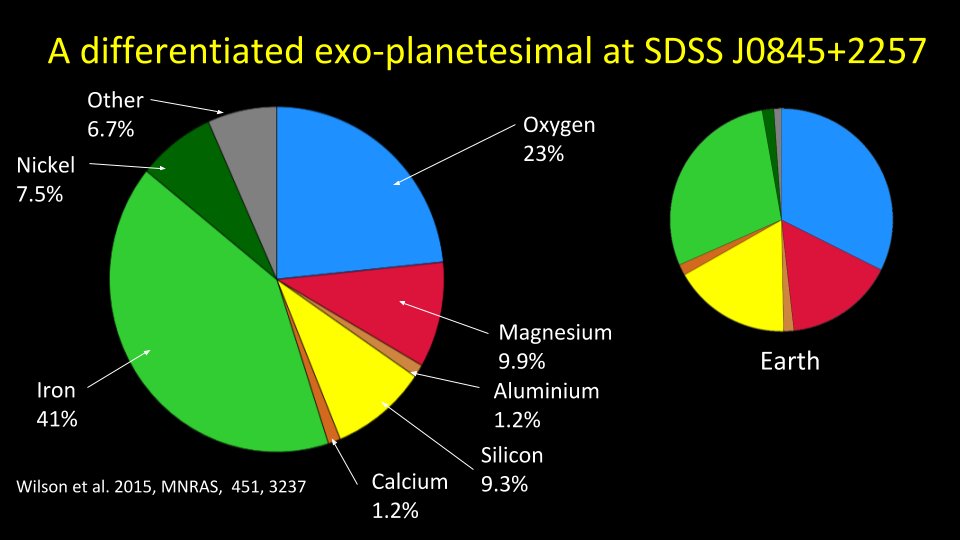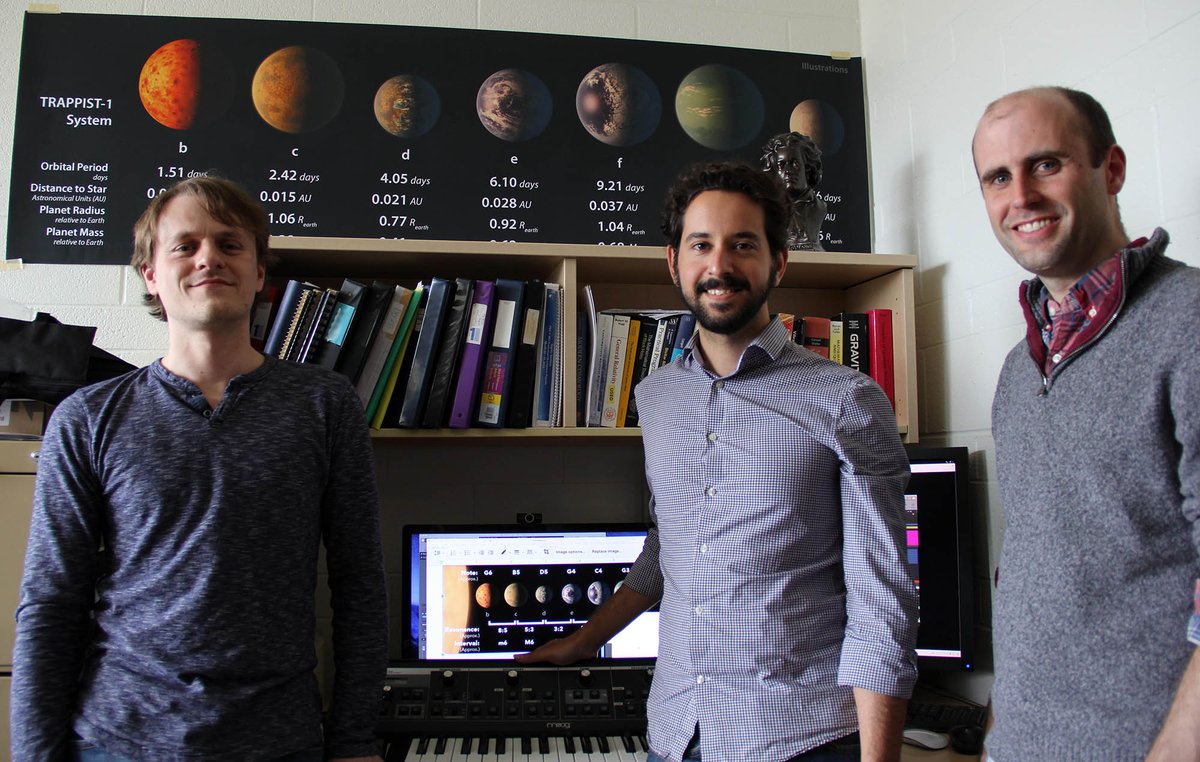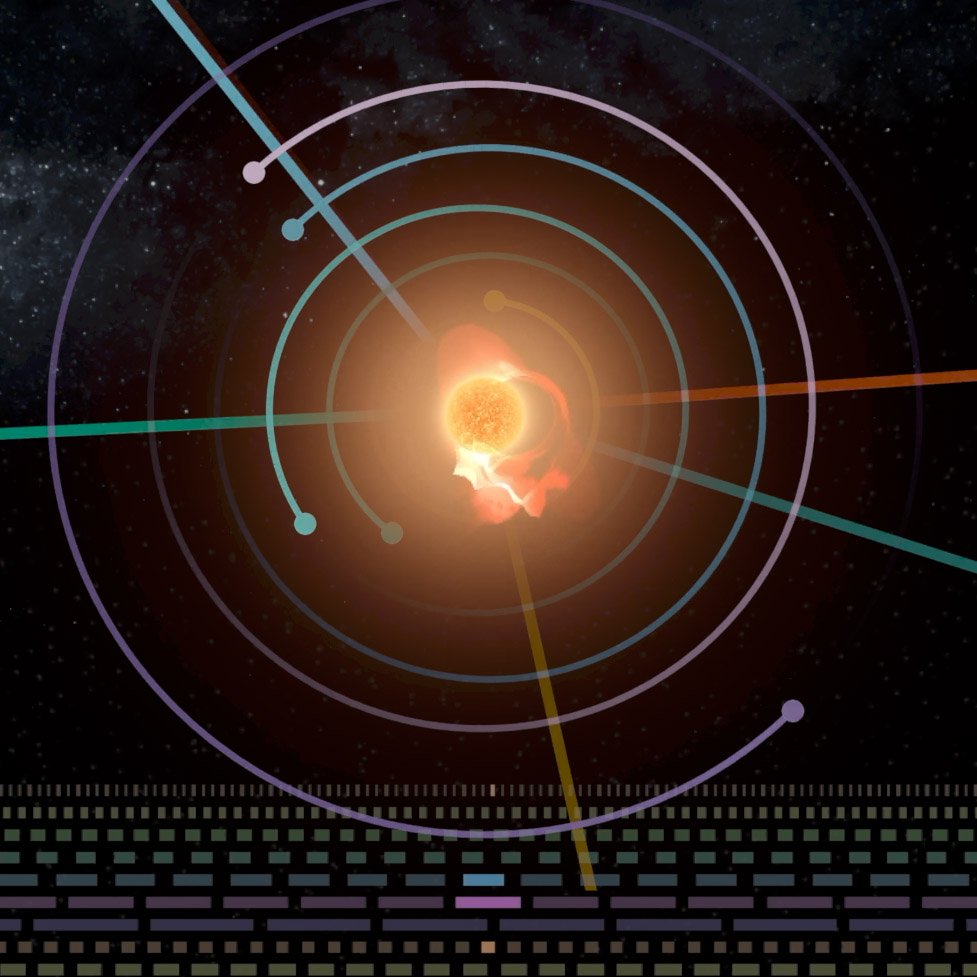(The answer to both is yes, otherwise my thesis would have been rather short.)
Well...
It's uncertain.
Enjoy your lunch!
Want to know sinking timescales for elements in your favourite white dwarf? The Montreal white dwarf database has a handy tool here dev.montrealwhitedwarfdatabase.org/evolution.html


















